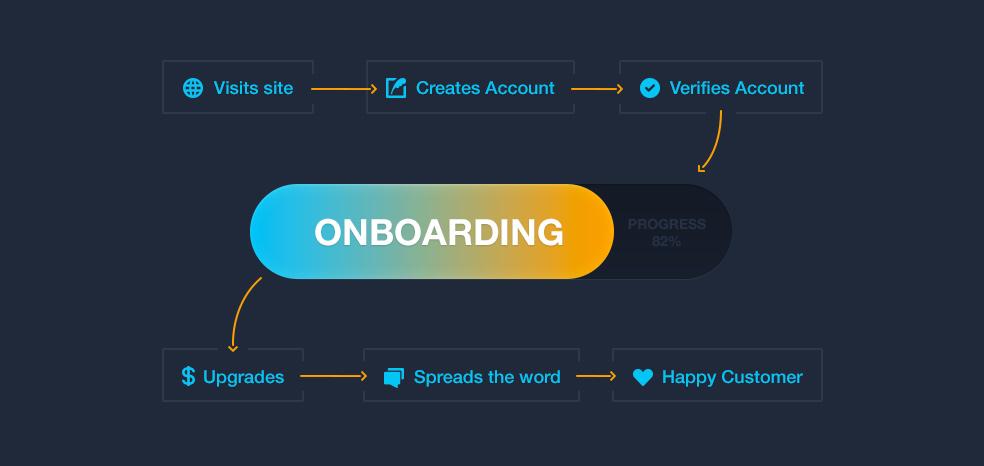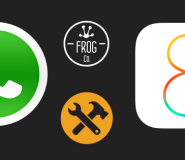The tech world moves quickly, and with studios forever pushing to adapt to new platforms and outdo each other on user experience and design, older mobile applications sometimes fall by the wayside. Operating system updates and changing consumer expectations can leave older products in the dust. Declining retention and falling sign-up rates are sure signs that an application is fading against the competition and failing to keep consumers’ attention. This doesn’t always mean that it’s time to go back to the drawing board and start from scratch, but it’s definitely time to work with an app developer to reinvigorate the digital experience of your brand. In the meantime, consider some of the advice provided by award-winning developers for rejuvenating products of the past.
Smoother On boarding
On boarding refers to the early relationship between a business and a customer. On mobile platforms, this usually means the initial sign-up process, which should be as streamlined as possible. Consumers are increasingly turned off by hurdles to instant access, and lengthy login procedures can be a big turn-off right away. With so many other options vying for attention, it’s critical to demand only essential information and to provide navigation only where it’s necessary. Guided interactions are legendary for becoming overbearing and annoying when they serve to explain easily intuited functions. Ideally, users can discover functions through exploration rather than tutorial. If your company’s product is still unfamiliar to many, part of the onboarding process can provide new customers with a sense of the application’s value. This is particularly the case with sharing economy services that reorganize traditional business-to-customer roles.

Release Quickly and Frequently
Adaptable design is the secret of many successes as companies take in feedback and update frequently with small changes and added value. The method is to release, test, and iterate again, responding to feedback and data analysis and incorporating lessons learned into the next iteration. The sooner you can address shortcomings, the less you may face abandonment rates on a market where impatience runs high and the competition is constantly evolving.
Internet of Things
The Internet of Things is quickly reshaping how we interact with the world and, in some cases, entering into this relationship can be keep a brand relevant. Working with the app development team at Clearbridge Mobile, PayPal came off the screen and into the Internet of Things, making it easier for customers to pay at gas stations. By linking up to gas stations’ cameras and utilizing optical recognition, PayPal has made it possible for consumers to pay through their device without leaving their car.
Gamification and User Experience
In some cases, adding game mechanics can be the hook that keeps users coming back. Free the Children’s original social application had become moribund after an initial run of success, falling behind UI/UX standards for the time. Free the Children’s development partner Clearbridge took two approaches, the first of which was integrating We365 with other popular social media platforms. The second was to gamify social good with the Volunteer Tracker, giving youths who are active in communities and charities a way of building up their resumes and social good profiles. In this case, gamification was turned toward an exercise in self-improvement with real world spin-off benefits. Click here to find out more about the FTC case and strategies your company can use to reinvigorate a flagging app.
Mobile app customers are constantly demanding new ways of interacting with their phones, brands, and world. Innovative and intuitive user experiences are at the heart of any successful project. If your company is facing high rates of abandonment on its digital platforms, turn the tide around with trailblazing development.





Innovative User Experience And Design Rejuvenate Mobile Apps